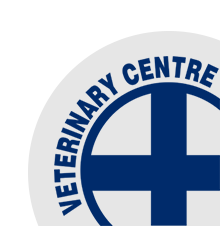High Coccidiosis Risk in Calves
/In moist and cool conditions coccidia may survive for up to two years on pasture. We have now had three favourable seasons in a row for coccidia survival and farms with dedicated calf rearing paddocks are at high risk. Calves are typically greater than 3-4 weeks of age and present with a bloody diarrhoea which may contain gut lining. The tail area is often smeared with this bloody diarrhoea. Calves appear very uncomfortable and will be seen straining with tails held in the air. A metallic sheen may also appear on the surface of faeces after a couple of hours. In severe cases up to 10% deaths can occur due to anaemia and dehydration and growth checks in survivors may remain for many months.
Calf meals which contain coccidiostats are only protective once calves are ingesting about 1kg/day. If treating/preventing an outbreak we recommend Deccox for at least four weeks, starting 2-3 weeks after being on pasture or Baycox C as s singular oral dose 3 weeks after being on pasture. Amphoprim can be used in severely affected animals as it also gives anti-bacterial protection.





